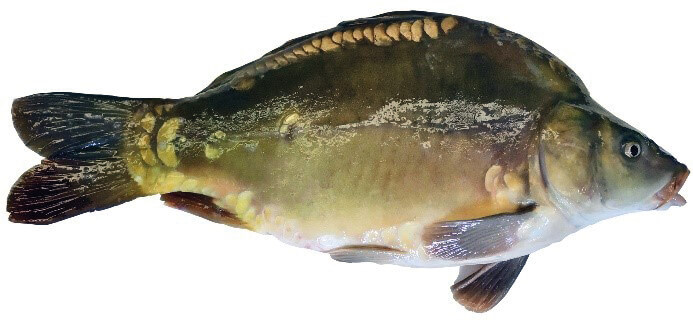Les boiteries non septiques du poulain

Auteurs
Résumé
La boiterie est un motif fréquent de consultation en néonatalogie équine. Son diagnostic chez le poulain est peu traité dans la littérature scientifique. Or, plusieurs particularités de cette classe d’âge demandent à être connues pour mettre en œuvre une approche rigoureuse. Poser les bonnes questions sur les autres poulains, l’environnement et les pratiques d’élevage et d’abord penser sepsis orthopédique sont deux préalables à toute démarche thérapeutique. Il convient ensuite de réaliser un examen orthopédique complet au repos puis dynamique, comme chez un adulte. Radiographier le membre boiteux et systématiquement le membre controlatéral sain, utiliser l’échographie sur toute zone enflammée et réaliser une ponction articulaire lors d’épanchement suspect comptent aussi parmi les réflexes fondamentaux du praticien, qui évitera de surinterpréter les dosages sanguins.
Abstract
Lameness is a frequent reason for consultation in equine neonatology. Its diagnosis is rarely described in the scientific literature. The particularities of foals in this class of age need to be known in order to use a rigorous approach to treatment. Two preliminary aspects are important before treatment starts: the right questions need to be asked about other foals, the environment and farming practices and the clinician needs to think about orthopaedic sepsis. A complete orthopaedic examination is then performed, both in the resting and dynamic states, as would be done in the adult. In addition, the clinician should carry out some other fundamental examinations in order to prevent over-interpretation of blood measurements. For example, the clinician needs to take an X-ray of the lame limb, as well as the contra-lateral healthy limb, an ultrasound of any swollen areas and to relieve pressure in an articulation if there is effusion.
D'autres articles
Bulletin n°99 Page 3
Toutes espèces · Clientèle


